Physics Resources
The grade ten physics unit concentrates on geometric optics, although it also includes the properties of light — which builds on grade nine and will be visited again in grade 12. I don’t follow the textbook’s organization, preferring my own grouping, although I do generally follow its sequence. Despite being a physics teacher, I believe that of all the topics in grade ten science, geometric optics is the one that can be most trimmed without impacting our students’ education. If you need to create time in your year for more important topics such as climate change, consider de-emphasizing ray diagrams and optics equations!
Copyright on all materials on this site is retained by the authors. You are granted a limited license to reproduce these resources for classroom use, provided the copyright notices are not removed. Charging a fee for these resources, or distributing them in any way outside your classroom, is prohibited.
General Physics
Resources that don’t fit elsewhere.
Instructional Resources
Biography of a Physicist
We are supposed to be teaching a bit of the history of science (expectation A2.2) as well as facts and theories, and yet often we lose track of the human nature of science and scientists. This short writing assignment has students research one physicist and write a five-paragraph story about them.
I use this assignment to reinforce both research skills and writing skills.
I use this assignment to reinforce both research skills and writing skills.
Vision Impairment
One of the big ideas in optics is supposed to be how science and technology have improved human life. One way to do this is by having students look at common vision impairments from both the patient’s and the doctor’s point-of-view. In this assignment, completed in pairs, a student is either a patient, responsible for telling us what it’s like to have the impairment, or the doctor, responsible for telling us how it can be prevented and/or treated.
I deliberately don’t give direction on the format I expect, as I want them to play to their strengths. I insist on proper note-taking-sheets so I can evaluate their research, and I insist any videos must be either DVDs or playable on my MacBook. I’ve had short TV ads, essays, a patient’s diary, posters, simulators, video re-enactments…
I deliberately don’t give direction on the format I expect, as I want them to play to their strengths. I insist on proper note-taking-sheets so I can evaluate their research, and I insist any videos must be either DVDs or playable on my MacBook. I’ve had short TV ads, essays, a patient’s diary, posters, simulators, video re-enactments…
Colours of the World
A six-page tour of colour vision, written by Dr. David Morgan-Mar and provided by him under a Creative Commons license.
The world around us is colourful. What’s more, it looks colourful to our eyes. It didn’t have to be that way. In fact, there is a lot of subtlety and nuance in the coloured world that we humans are missing out on. To see why, we need to understand how our eyes work.
I've included this in the physics unit because that is where vision fits the Ontario curriculum. I've made another version colour-coded to match the biology unit, because it could also be covered there.
I'm field-testing a set of questions and directed reading exercises for this resource, and I'll include them with the download when they are ready (and announce the update). In the meantime, enjoy an interesting and well-written exploration of a topic we take for granted…
The world around us is colourful. What’s more, it looks colourful to our eyes. It didn’t have to be that way. In fact, there is a lot of subtlety and nuance in the coloured world that we humans are missing out on. To see why, we need to understand how our eyes work.
I've included this in the physics unit because that is where vision fits the Ontario curriculum. I've made another version colour-coded to match the biology unit, because it could also be covered there.
I'm field-testing a set of questions and directed reading exercises for this resource, and I'll include them with the download when they are ready (and announce the update). In the meantime, enjoy an interesting and well-written exploration of a topic we take for granted…
Eyeball Dissection
An excellent video from At-Bristol Science Centre.
How do your eyes work? Join Ross Exton on a journey looking inside a horse eyeball, investigating the anatomy of this fascinating organ along the way.
How do your eyes work? Join Ross Exton on a journey looking inside a horse eyeball, investigating the anatomy of this fascinating organ along the way.
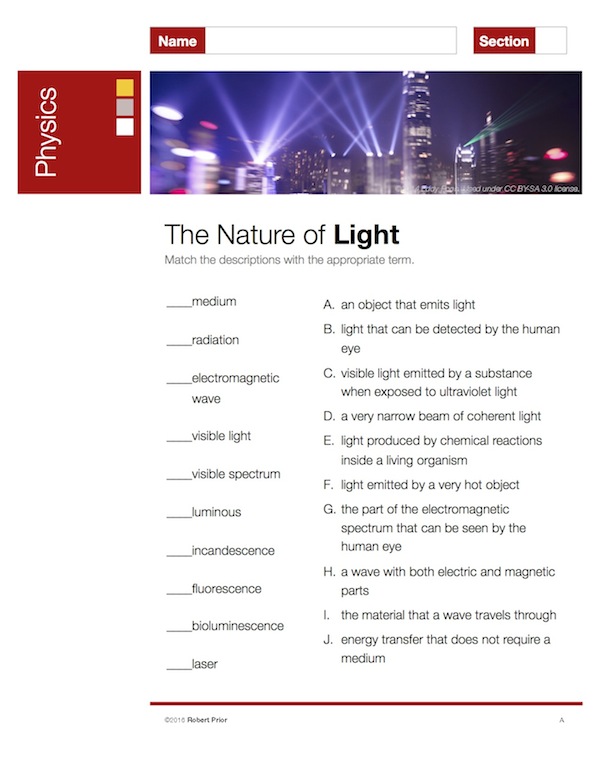
Added April 21, 2017
Optics Matching Quizzes
A set of six quizzes, matching terms with definitions, with two versions of each quiz. Answer keys are included.
Supplementary Resources
In Our Time: Optics
In Our Time is a wonderful series on BBC Radio 4.
Melvyn Bragg and guests discuss the history of optics. From telescopes to microscopes, from star-gazing to the intimacies of a magnified flea. As Galileo turned his telescope to the heavens in the early 1600s, Kepler began to formulate a theory of optics. The new and improving instruments went hand in hand with radical new ideas about how we see and what we see. Spectacles allowed scholars to study long into the evening (and into old age), while giant telescopes, up to 100 feet long, led to the discovery of planets and attempts to map the universe.
So how did these developments inform ideas of knowledge? If new methods of scientific observation support an empirical approach, what does this mean for divine, innate reason?
Melvyn Bragg and guests discuss the history of optics. From telescopes to microscopes, from star-gazing to the intimacies of a magnified flea. As Galileo turned his telescope to the heavens in the early 1600s, Kepler began to formulate a theory of optics. The new and improving instruments went hand in hand with radical new ideas about how we see and what we see. Spectacles allowed scholars to study long into the evening (and into old age), while giant telescopes, up to 100 feet long, led to the discovery of planets and attempts to map the universe.
So how did these developments inform ideas of knowledge? If new methods of scientific observation support an empirical approach, what does this mean for divine, innate reason?
In Our Time: The Eye
In Our Time is a wonderful series on BBC Radio 4.
Melvyn Bragg and his guests discuss the eye. Humans have been attempting to understand the workings and significance of the organ for at least 2500 years. Some ancient philosophers believed that the eye enabled creatures to see by emitting its own light. The function and structures of the eye became an area of particular interest to doctors in the Islamic Golden Age. In Renaissance Europe the work of thinkers including Kepler and Descartes revolutionised thinking about how the organ worked, but it took several hundred years for the eye to be thoroughly understood. Eyes have long attracted more than purely scientific interest, known even today as the 'windows on the soul'.
Melvyn Bragg and his guests discuss the eye. Humans have been attempting to understand the workings and significance of the organ for at least 2500 years. Some ancient philosophers believed that the eye enabled creatures to see by emitting its own light. The function and structures of the eye became an area of particular interest to doctors in the Islamic Golden Age. In Renaissance Europe the work of thinkers including Kepler and Descartes revolutionised thinking about how the organ worked, but it took several hundred years for the eye to be thoroughly understood. Eyes have long attracted more than purely scientific interest, known even today as the 'windows on the soul'.
The Nature of Light
This is the most important part of the grade ten physics unit, and yet probably has the least time devoted to it. It not only provides a foundation for the grade 12 unit on light, but also directly links to the science of climate change.
Instructional Resources
The Nature of Light Lessons
An introductory presentation on the nature of light, rendered as a QuickTime file for maximum portability. This isn't stand-alone, but intended as part of a lecture presentation. Click the mouse (or use the spacebar) to advance to the next build.
NASA's Tour of the Electromagnetic Spectrum
An excellent collection of resources from NASA.
Welcome to the Tour of the Electromagnetic Spectrum. This unique NASA resource on the web, in print, and with companion videos introduces electromagnetic waves, their behaviors, and how scientists visualize these data. Each region of the spectrum is described and illustrated with engaging examples of NASA science. Come and explore the amazing world beyond the visible!
If you have an iPad, you can get the resource as an interactive iBook.
Click here to download the iBook in iTunes.
Welcome to the Tour of the Electromagnetic Spectrum. This unique NASA resource on the web, in print, and with companion videos introduces electromagnetic waves, their behaviors, and how scientists visualize these data. Each region of the spectrum is described and illustrated with engaging examples of NASA science. Come and explore the amazing world beyond the visible!
If you have an iPad, you can get the resource as an interactive iBook.
Click here to download the iBook in iTunes.
Sources of Light Poster
A small assignment. Students are assigned a source of light (eg. incandescence, bioluminescence) and make a small poster explaining what it is, with an example. Marking sheets are included.
Supplementary Resources
In Our Time: The Speed of Light
In Our Time is a wonderful series on BBC Radio 4.
Melvyn Bragg and guests discuss the speed of light. Scientists and thinkers have been fascinated with the speed of light for millennia. Aristotle wrongly contended that the speed of light was infinite, but it was the 17th Century before serious attempts were made to measure its actual velocity – we now know that it’s 186,000 miles per second.
Then in 1905 Einstein’s Special Theory of Relativity predicted that nothing can travel faster than the speed of light. This then has dramatic effects on the nature of space and time. It’s been thought the speed of light is a constant in Nature, a kind of cosmic speed limit, now the scientists aren’t so sure.
Melvyn Bragg and guests discuss the speed of light. Scientists and thinkers have been fascinated with the speed of light for millennia. Aristotle wrongly contended that the speed of light was infinite, but it was the 17th Century before serious attempts were made to measure its actual velocity – we now know that it’s 186,000 miles per second.
Then in 1905 Einstein’s Special Theory of Relativity predicted that nothing can travel faster than the speed of light. This then has dramatic effects on the nature of space and time. It’s been thought the speed of light is a constant in Nature, a kind of cosmic speed limit, now the scientists aren’t so sure.
In Our Time: Radiation
In Our Time is a wonderful series on BBC Radio 4.
Melvyn Bragg and guests Jim Al-Khalili, Frank Close and Frank James discuss the history of the discovery of radiation.
Today the word 'radiation' conjures up images of destruction. But in physics, it simply describes the emission, transmission and absorption of energy, and the discovery of how radiation works has allowed us to identify new chemical elements, treat cancer and work out what the stars are made of.
Melvyn Bragg and guests Jim Al-Khalili, Frank Close and Frank James discuss the history of the discovery of radiation.
Today the word 'radiation' conjures up images of destruction. But in physics, it simply describes the emission, transmission and absorption of energy, and the discovery of how radiation works has allowed us to identify new chemical elements, treat cancer and work out what the stars are made of.
Reflection and Mirrors
This section is embarrassingly scant. I do more than you see here, but most of the resources need more work before they are ready for general use. Note that although I have a lot of resources for ray diagrams I only devote a period to them.
Instructional Resources
Mirror Ray Diagram Workbook (2nd edition)
Drawing ray diagrams is a skill used in many branches of optics. As with any skill, practice makes perfect. Rather than force students to draw the mirror and so on, this ready-to-copy booklet is a short workbook, letting them practice drawing just the rays and image (which is, after all, the key skill we want them to learn).
This newly updated 70-page workbook has 60 diagrams to label and draw, with solutions at the back so students can practice on their own.
This newly updated 70-page workbook has 60 diagrams to label and draw, with solutions at the back so students can practice on their own.
Mirror Ray Diagram Workbook (2nd edition) — Segmented
The above workbook, split into six sets of ten diagrams each.
Added April 18, 2018
Hands-On Activities
I do them, honest! I just don't have any handouts and haven't written down my lesson plans. Eventually, I promise.
Refraction and Lenses
Another scant section. Note that although I have a lot of resources for ray diagrams I only devote a period to them.
Instructional Resources
Refraction Lessons
A presentation on refraction, rendered as a QuickTime file for maximum portability. This isn't stand-alone, but intended as part of a lecture presentation. Click the mouse (or use the spacebar) to advance to the next build.
Lens Shapes
A six-page tour of lenses, written by Dr. David Morgan-Mar and provided by him under a Creative Commons license.
Lenses come in all sorts of different shapes and sizes. There are small lenses used in cameras; there are large lenses you can hold in your hand to magnify objects. There are tiny lenses used to focus lasers in your DVD or BluRay player; there are enormous lenses for focusing lighthouse beams. There are lenses in your eyes — you’re looking through them right now!
I'm field-testing a set of questions and directed reading exercises for this resource, and I'll include them with the download when they are ready (and announce the update). In the meantime, enjoy an interesting and well-written exploration of lenses.
Lenses come in all sorts of different shapes and sizes. There are small lenses used in cameras; there are large lenses you can hold in your hand to magnify objects. There are tiny lenses used to focus lasers in your DVD or BluRay player; there are enormous lenses for focusing lighthouse beams. There are lenses in your eyes — you’re looking through them right now!
I'm field-testing a set of questions and directed reading exercises for this resource, and I'll include them with the download when they are ready (and announce the update). In the meantime, enjoy an interesting and well-written exploration of lenses.
Lens Ray Diagram Workbook
Drawing ray diagrams is a skill used in many branches of optics. As with any skill, practice makes perfect. Rather than force students to draw the lens and so on, this ready-to-copy booklet is a short workbook, letting them practice drawing just the rays and image (which is, after all, the key skill we want them to learn).
This file contains both a 12-page student workbook and the solutions booklet. Both are intended to be printed double-sided, although this isn’t strictly required. I used a llama as the object, rather than the more conventional arrow, because I find students get confused between the arrow as an object and the arrows we use to represent rays of light. I also tell them to use three different colours when drawing rays, because it reduces their confusion about which ray is which.
This file contains both a 12-page student workbook and the solutions booklet. Both are intended to be printed double-sided, although this isn’t strictly required. I used a llama as the object, rather than the more conventional arrow, because I find students get confused between the arrow as an object and the arrows we use to represent rays of light. I also tell them to use three different colours when drawing rays, because it reduces their confusion about which ray is which.
Lens Ray Diagram Quizzes
This file contains ray diagram quizzes based on the Lens Ray Diagram Workbook. There are two quizzes for labelling a ray diagram, and eight quizzes for drawing ray diagrams. The drawing quizzes have two versions: one asking for a description according to SALT, and one just asking for a description. Each quiz has a full-size answer key, and there is a quick-reference key for all quizzes on one page as well.
Hands-On Activities
Refraction Lab
Students often have trouble getting good results from the traditional refraction lab using semicircular prisms. The most common sources of error are not aiming the ray correctly and mis-measuring the angles using small protractors.
This eight-page lab package includes templates to place the prisms on, with a large protractor printed directly on the template, to help them aim and measure more accurately. Tables to record angles, graph paper, and questions are also included.
This eight-page lab package includes templates to place the prisms on, with a large protractor printed directly on the template, to help them aim and measure more accurately. Tables to record angles, graph paper, and questions are also included.
Supplementary Resources
Telescopes and Spectrographs
This is an ebook from Open University.
This unit looks at how telescopes and spectrographs are designed to improve our ability to observe the universe. You will examine how different technologies have been developed over the last four hundred years to enable us to look deep into space. This study unit is just one of many that can be found on LearningSpace, part of OpenLearn, a collection of open educational resources from The Open University. Published in ePub 2.0.1 format, some feature such as audio, video and linked PDF are not supported by all ePub readers.
This unit looks at how telescopes and spectrographs are designed to improve our ability to observe the universe. You will examine how different technologies have been developed over the last four hundred years to enable us to look deep into space. This study unit is just one of many that can be found on LearningSpace, part of OpenLearn, a collection of open educational resources from The Open University. Published in ePub 2.0.1 format, some feature such as audio, video and linked PDF are not supported by all ePub readers.
In Our Time: The Microscope
In Our Time is a wonderful series on BBC Radio 4.
Melvyn Bragg and his guests discuss the development of the microscope, an instrument which has revolutionised our knowledge of the world and the organisms that inhabit it. In the seventeenth century the pioneering work of two scientists, the Dutchman Antonie van Leeuwenhoek and Robert Hooke in England, revealed the teeming microscopic world that exists at scales beyond the capabilities of the naked eye.
Melvyn Bragg and his guests discuss the development of the microscope, an instrument which has revolutionised our knowledge of the world and the organisms that inhabit it. In the seventeenth century the pioneering work of two scientists, the Dutchman Antonie van Leeuwenhoek and Robert Hooke in England, revealed the teeming microscopic world that exists at scales beyond the capabilities of the naked eye.
Nelson OSSLT Questions
The Nelson Science 10 textbook includes at least one reading assignment per chapter specifically geared to practicing for the Ontario Secondary School Literacy Test. These questions relate to those readings. If you don't use the Nelson Science 10 textbook, they will be of no use to you.
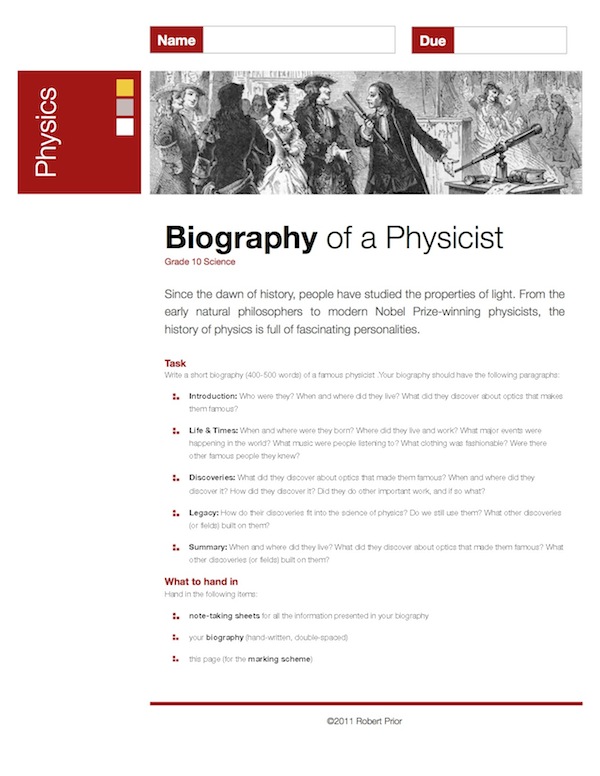
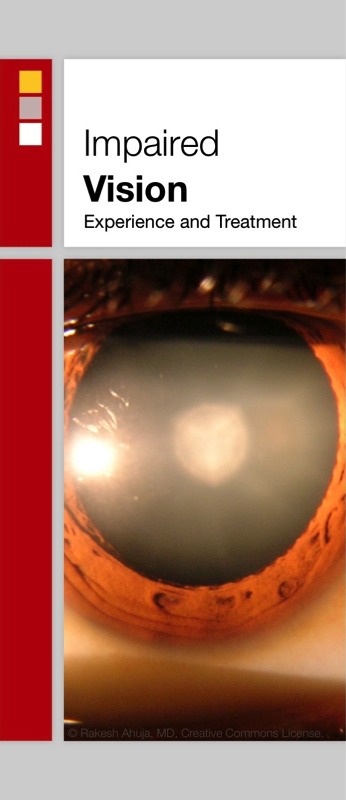
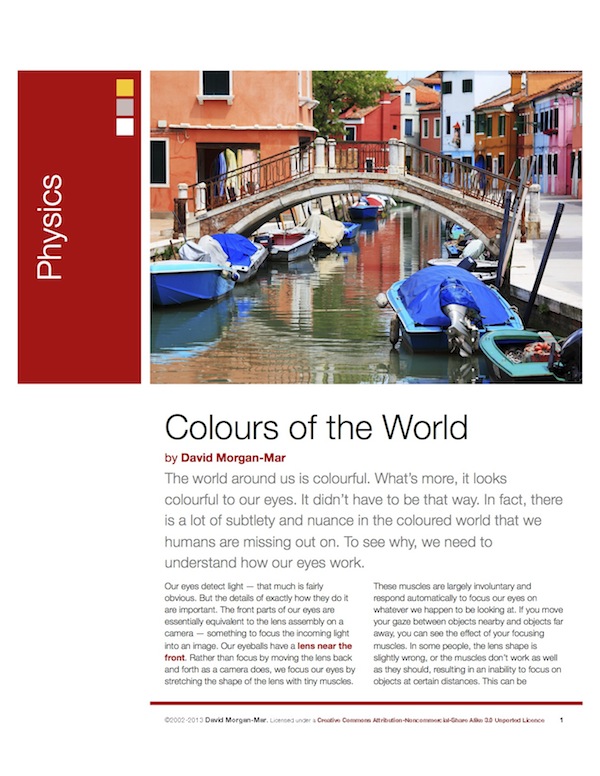
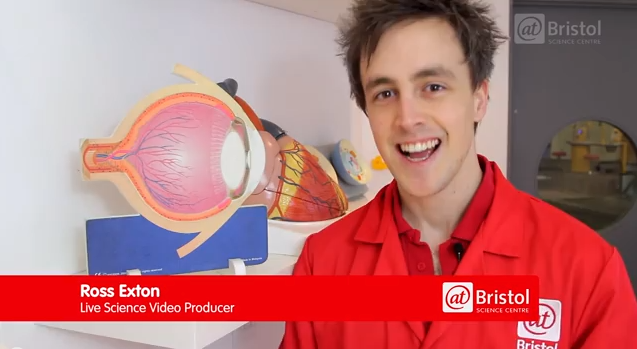
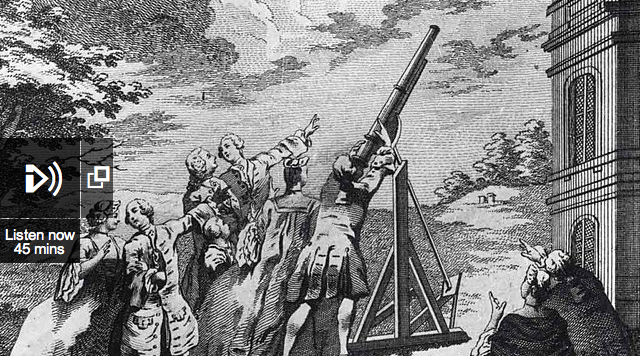
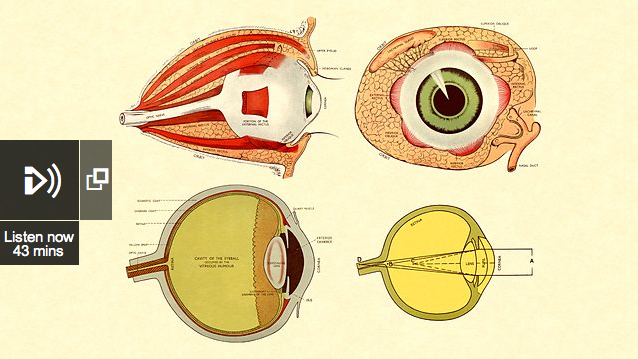
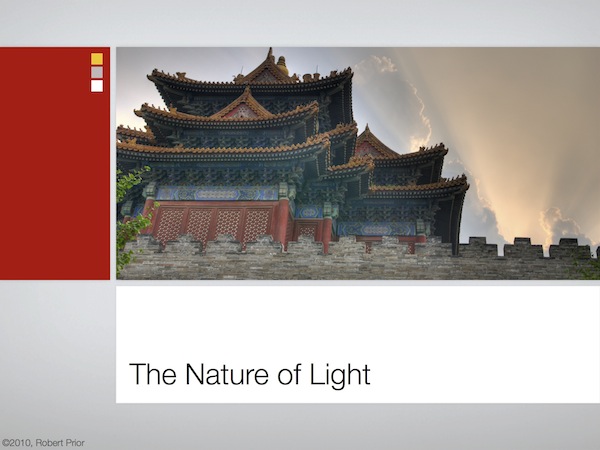
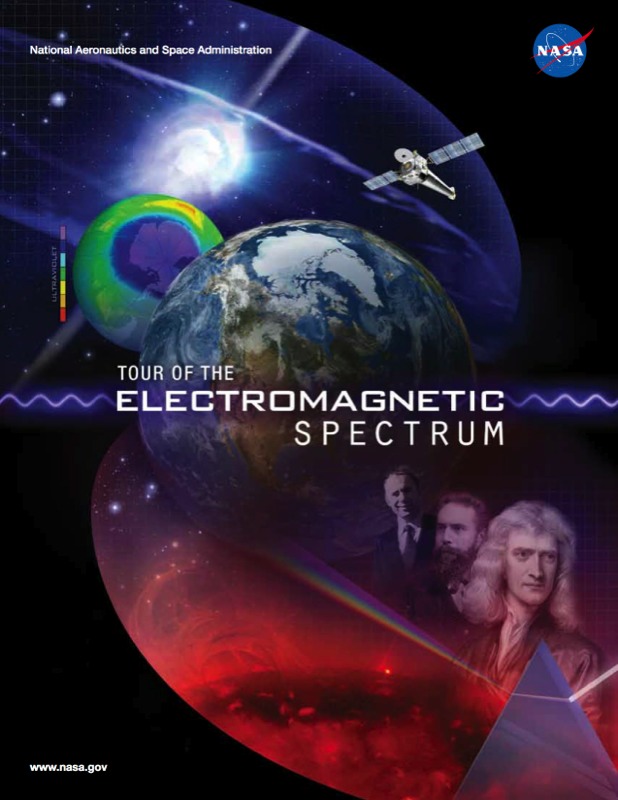
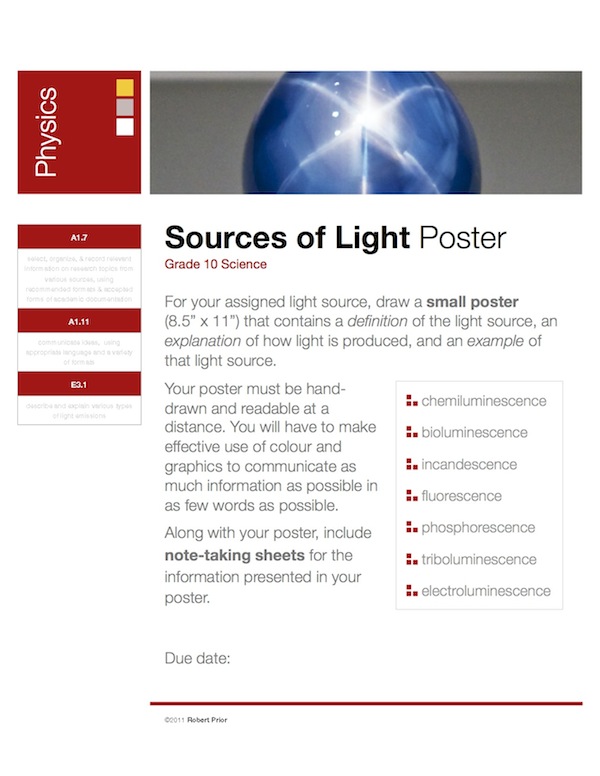
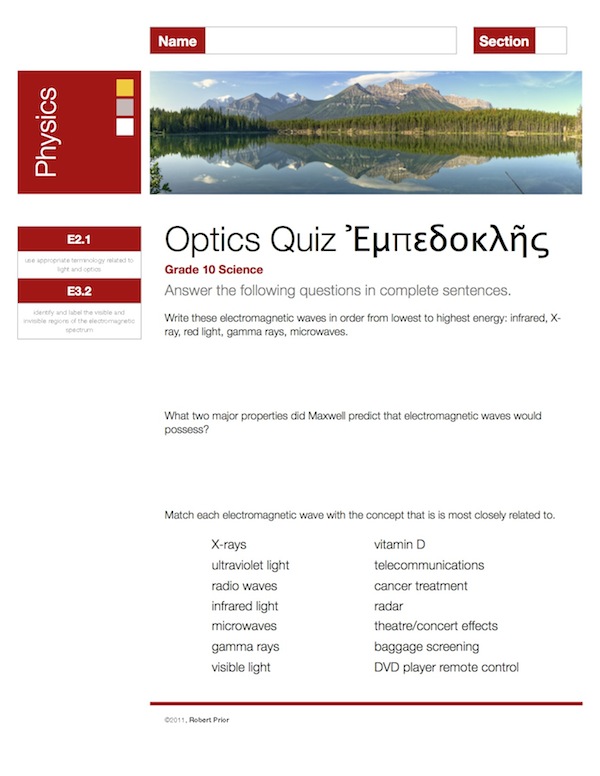
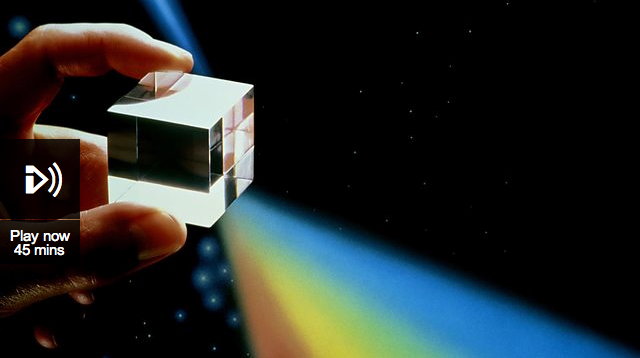
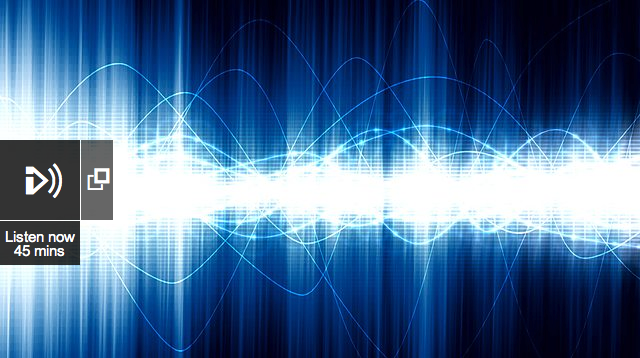


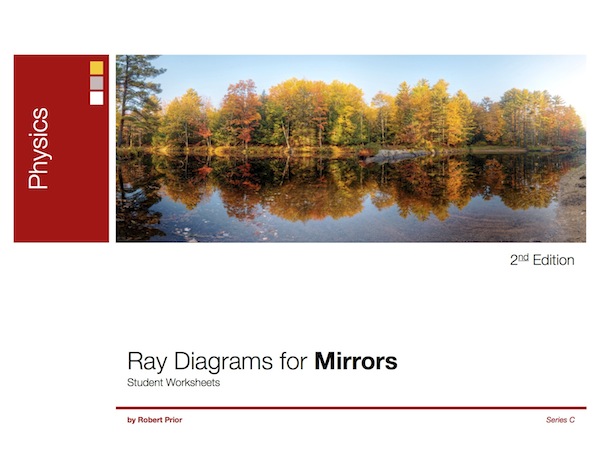
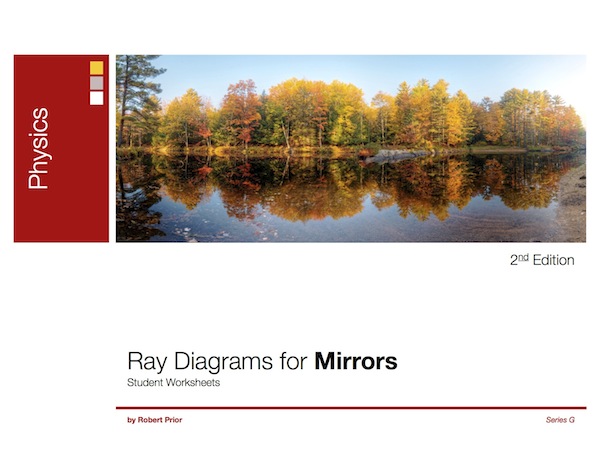
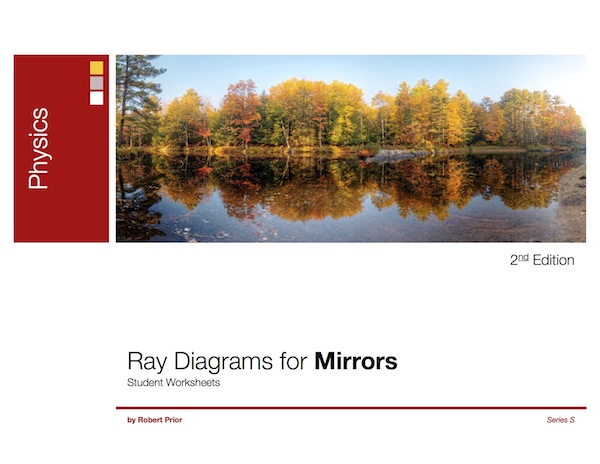
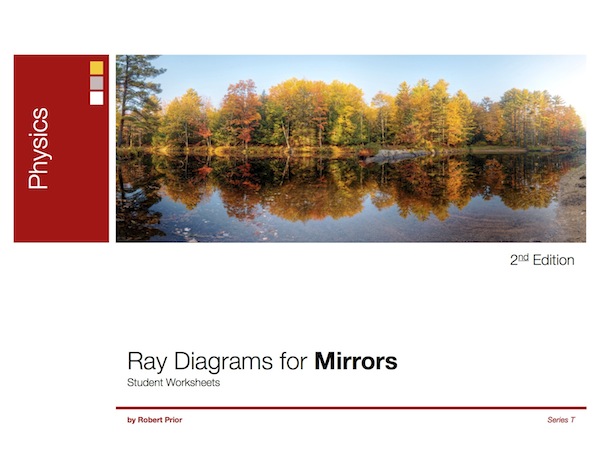
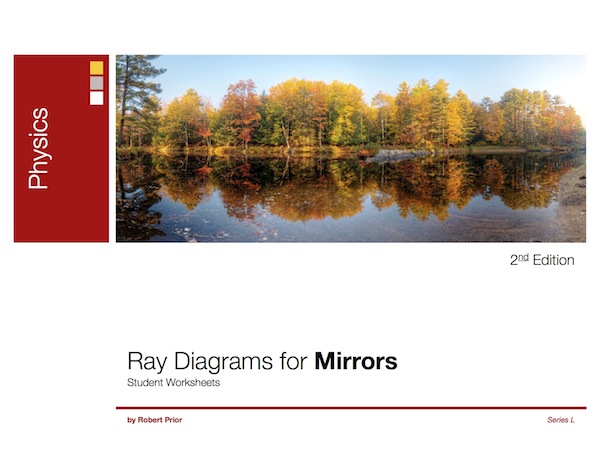
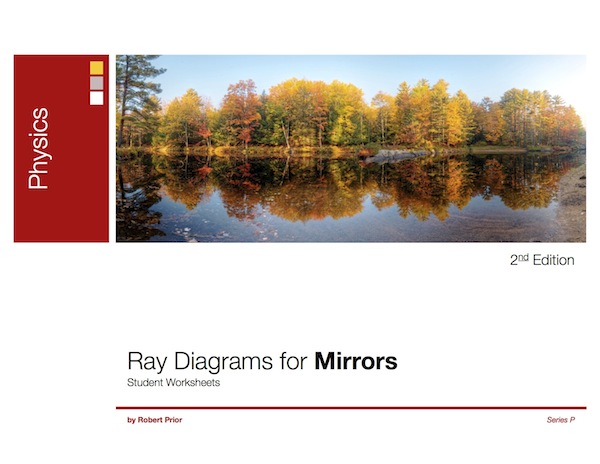
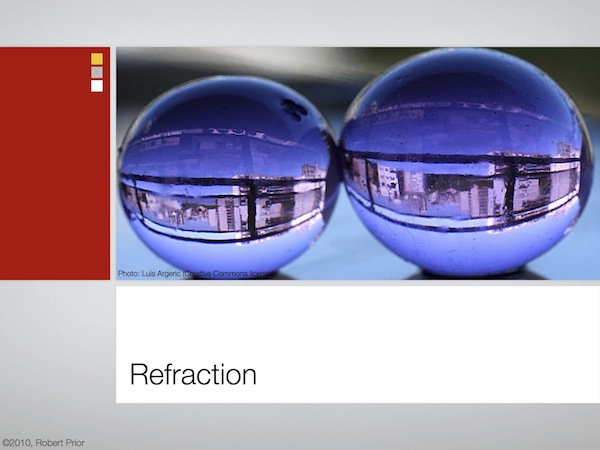
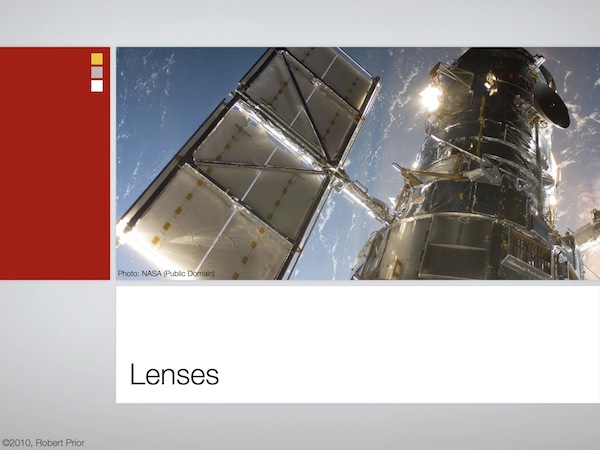
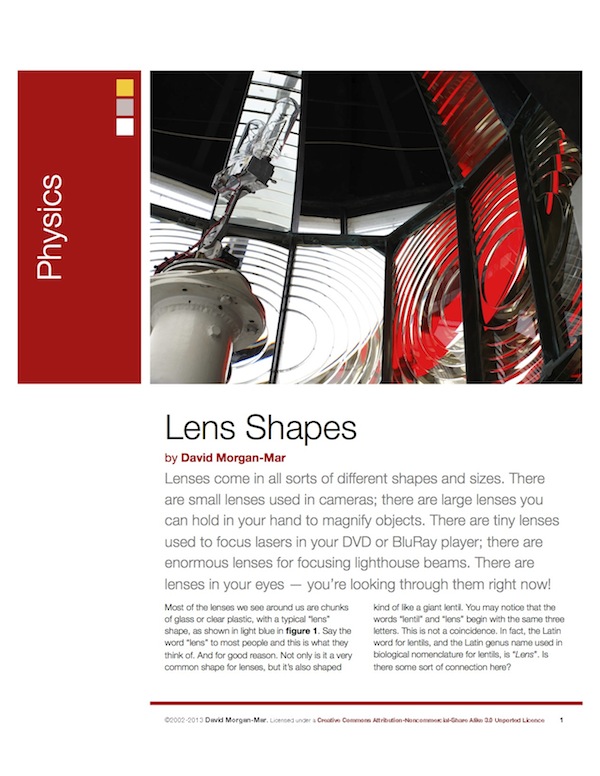
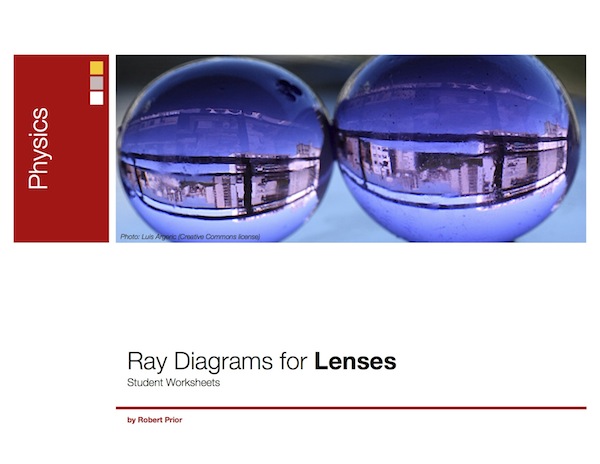
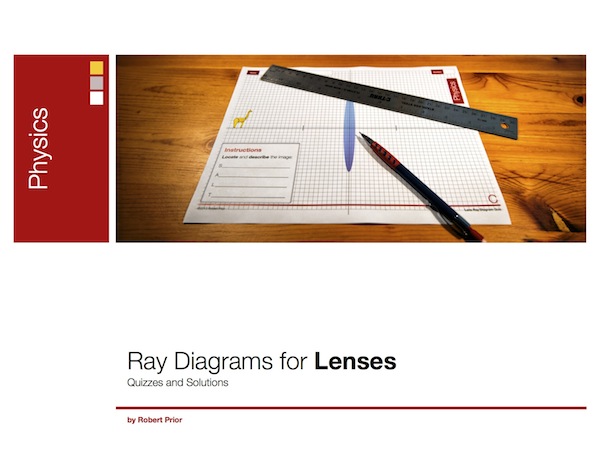

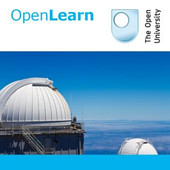
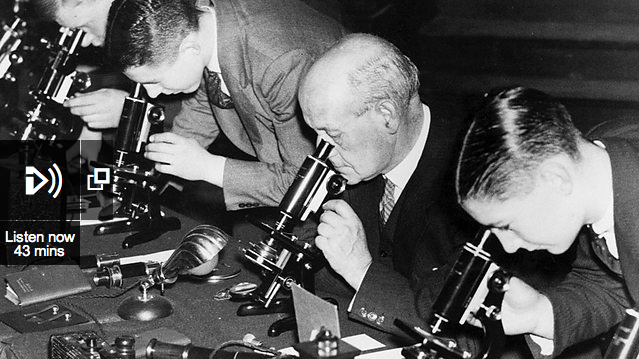
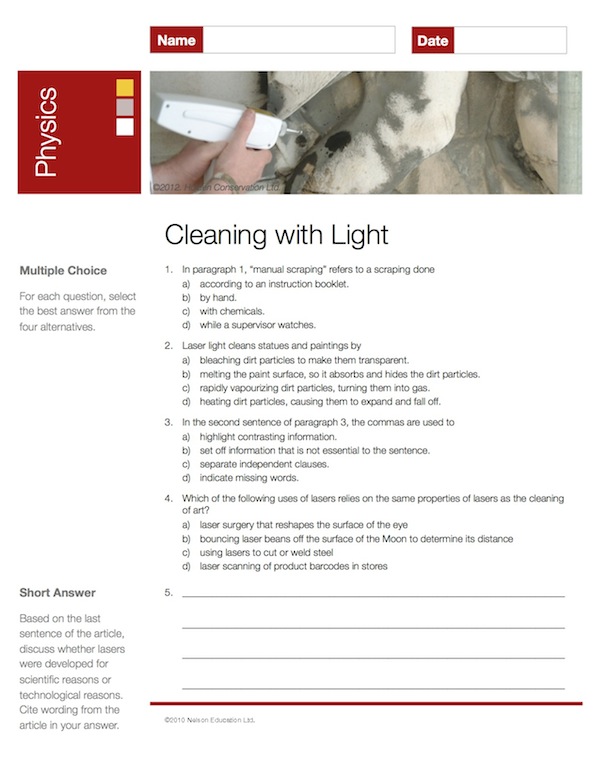

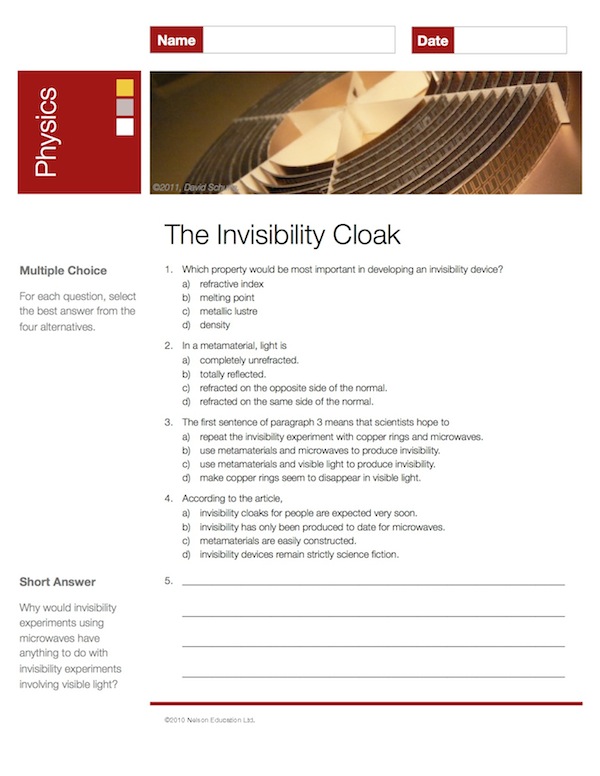
Teaching Science